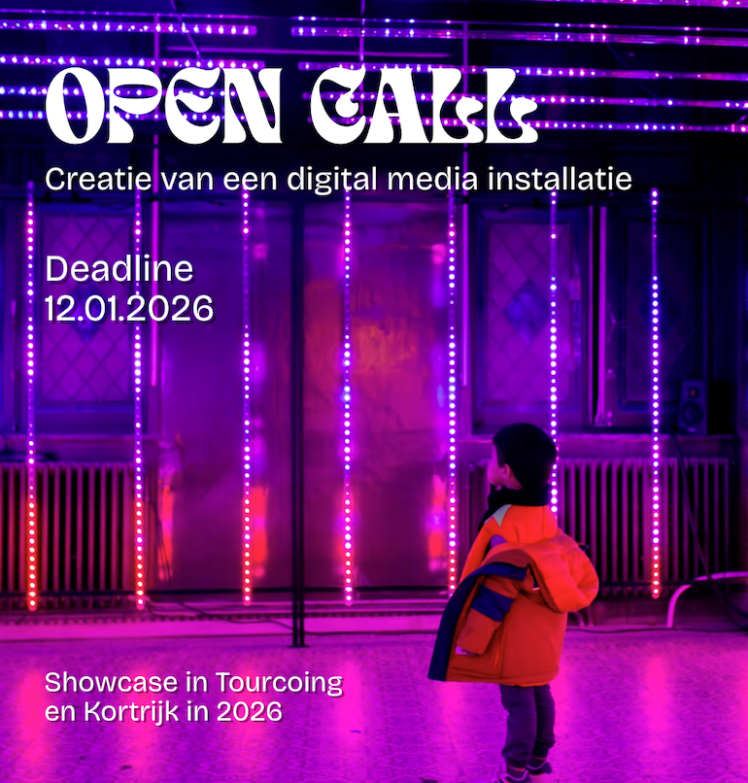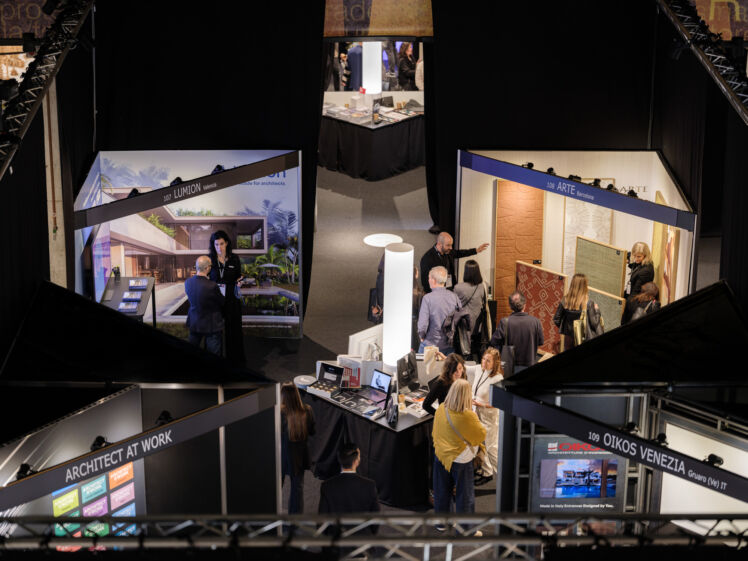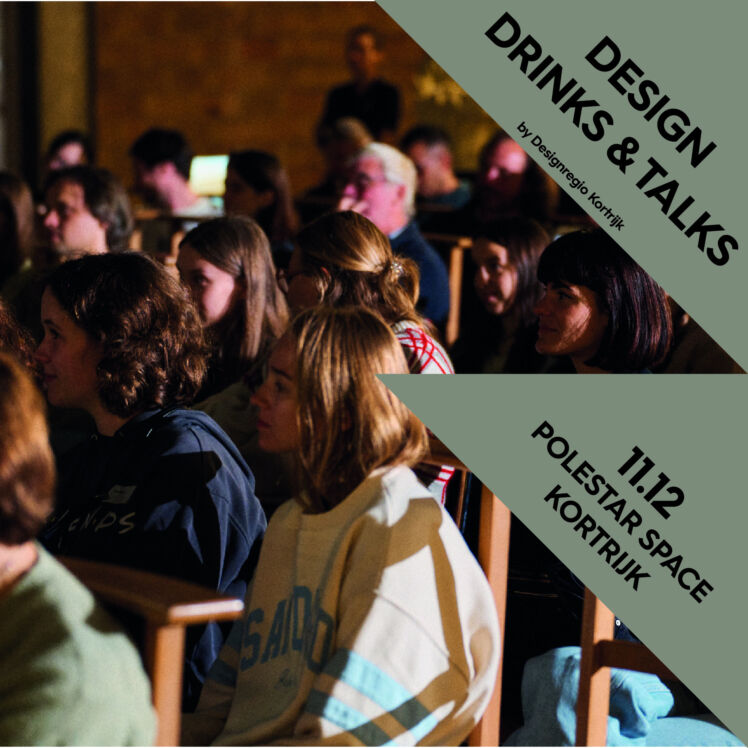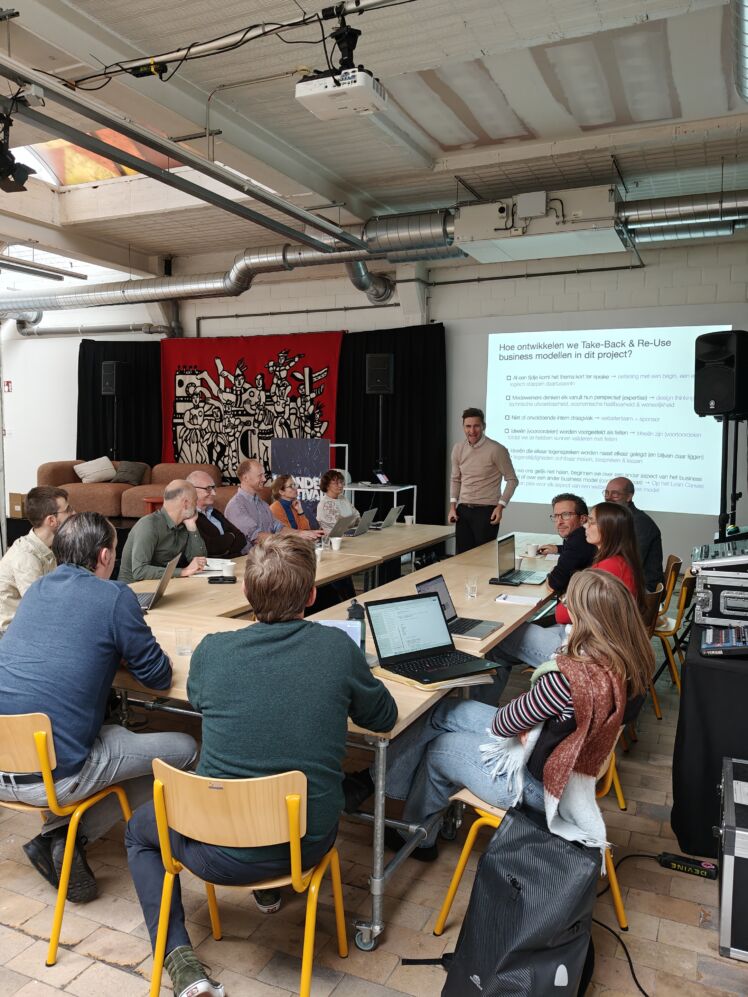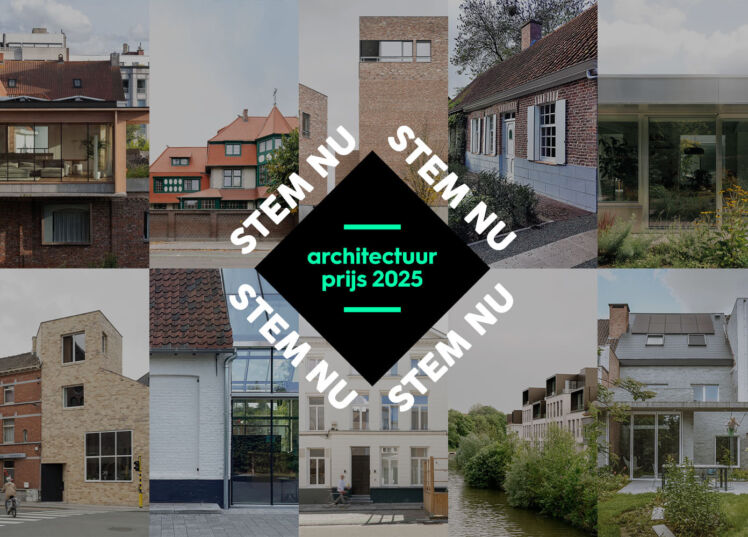
Intrapreneurship: innovation starts with trusting your employees
Innovation isn’t always about moonshots. Not everyone is an Elon Musk (Tesla), Wesley Lorrez (Eeve) or Steve Jobs (Apple). And that’s quite all right. Through THINK with people, Els De Deken proves that innovation processes don’t have to be ground-breaking and that they are anything but straightforward. Innovation is not about eureka moments, but about daring to take risks and start all over again.
Her eye-catching frames betray there’s an arty side to Els, but this CEO–or Innovation Process Manager as she calls herself–breaks down all barriers with her presence and down-to-earth mentality. Arriving at a company with a busload of consultants who give a 100+ slides PowerPoint presentation, pitch at the company's innovation conference and leave behind an artistically designed book which, like the innovation itself, will only be gathering dust on the CEO’s bookshelf? No, that’s definitely not her style.
"I don't impose anything, I just support the innovation process within a company. If you don't get anything out of it, that’s too bad, but that’s on you. I can provide you with the tools, present the process, give tips & trick and nudge you in the right direction from time to time, but the result depends on whether or not you set to work on it."
That’s the message Els wants to bring across: when it comes to innovation, you don't know what the result will be. If you can’t handle that as a CEO, then maybe you’re not ready to innovate. Because innovation is a process, it is daring to take risks. "Calculated risks, that is. In recent years, we have talked to more than 5,000 innovative Flemish entrepreneurs at THINK with people. By now we know the pitfalls. Thus, we found that every innovation process has three key moments where things are bound to go wrong. We anticipate this in our planning and schedule three moments throughout the flow to help our clients get over the pitfall and on to the next level."
Her striking glasses betray an artistic side to Els, but this CEO - or Innovation Process Manager as she calls herself - breaks all barriers with her presence and down-to-earth mentality. She does not arrive in a company with a bus full of consultants who give a presentation of 100 slides, present their pitch at the company's innovation conference and then leave behind an artistically designed book that, like the innovation, never makes it beyond the bookshelf in the CEO's office.
"I don't impose anything on a company. I guide the innovation process within a company. If you don't make anything of it, too bad, but then that is your responsibility. I provide you with the tools, present the process, give tips and occasionally give you a push. The result depends on the person who sets to work with it."
It is exactly that fact that Els wants to convey when it comes to innovation: you don't know what the result will be. If, as CEO, you cannot deal with that, then perhaps you are not ready to innovate. Because innovation is a process, is daring to take risks. "Of course, we are talking about calculated risks here. With THINK with people, we have talked to more than 5,000 innovative Flemish entrepreneurs in recent years. By now we know where the pitfalls are. This is how we found out that in every innovation process there are three key moments when things go wrong anyway. That's why we proactively schedule three moments throughout the flow where we help our clients get over that pitfall and to the next level."

A designer with an economic perspective
Designers, whether they are designing chairs or apps, tend to focus on development, the product, the shape and materials. Their design emerges from a personal passion and drive and they are exhilarated at the outcome. Thus, they feel utterly surprised when their product fails to take off because nobody is waiting for yet another chair or the umpteenth app. THINK with people wants to combine that passion of the creative designer with the economic insights of an entrepreneur. That’s hitting the jackpot, according to Els. "So much time, energy and money are lost on something that will never hit the market. But if you let that market, the customer and the business think along from the onset of the innovation process, you can get a lot more out of concepts and ideas. In a creative design context, people are often wary of the business aspect, while it defines whether you fail or succeed."
The mission of THINK with people is clear: to help business owners, CEOs, team leaders get more ROI from their efforts through using innovation.
THINK with people pushes boundaries by guiding companies step by step along effective innovation processes led by their own employees. The result? A ‘triple win’, as Els calls it: the team grows stronger, the company is future proof, and results are achieved.
You have so much to gain as a business leader by supporting and encouraging creative entrepreneurial talents within your company.
Yet, Els finds that there is still a lot of resistance and ignorance when it comes to innovation and intrapreneurship. "Many CEOs have too little faith in their employees and like to spend their time and money on other things. Employees, in turn, are afraid to speak up about innovative concepts for fear of being rebuffed. Whereas as a business leader, you have so much to gain by supporting and encouraging creative entrepreneurial talents within your company."
But then, of course, you have to approach this in the right way. "There’s nothing worse than having someone work on a project for a whole year, only to end up with a prototype that is stocked in a warehouse somewhere and never put to use", De Deken says. "On the one hand, the CEO is frustrated, because the talents, time and resources he put in the project could have been spent in a much better way. On the other hand, the employee who developed the prototype is frustrated because his project is killed. At that point, creative minds often have a kind of existential crisis. Have I performed well? Isn’t it time to change jobs? Losing such creative entrepreneurship because you fail to take creative minds along into the economic reality of your business, is really too bad."
To avoid such situations, THINK with people has developed a flow and toolkit based on design thinking.

The process of THINK with people
THINK with people mainly works with large and medium-sized companies. Although a veteran in the start-up scene herself, start-ups are not the right clients for this innovation process manager. "Start-ups, rightly so, try to get the necessary support through free initiatives. Their biggest concern is to be able to put something on the menu other than pizza and peanut butter and have a roof over their head. The basics, you know. Only a larger company can free up the budgets needed to initiate innovation processes."
In her experience, there are two reasons why a company or organisation wants to put more effort into growing an entrepreneurial mindset and skills and to engage an external partner to do so. Firstly, you give your people ownership, a kind of ‘pet project’, such as thinking about new processes or a new feature, thus boosting their motivation and well-being. This is about bottom-up innovation, often initiated by the HR department that wants to get employees more engaged and motivated. Secondly, the management–i.e. top-down–may set certain priorities for the company's growth but the CEO or team leader hasn’t got the time to manage this. They then welcome the help of a partner such as THINK with people rather than leave it at the hands of the R&D department that may come up with an ingenious product that nobody understands.
THINK with people works with a clearly defined pathway, requiring the employee to invest 60 to 80 hours of time spread over 10 to 12 weeks. "If it takes longer, then you dive too deep into the subject and perfectionism takes over. And that won’t work, obviously. After that 12-week period, it's time to show your project to the world and gather feedback. With that feedback, you get back to work. Maybe you have to cut out some features, start over again, or realise that you need to put on a completely different team with different expertise to further develop the project."
That is why innovation is only possible in a corporate culture where people feel free to fail. "Which is not that easy", Els knows. "We have all been conditioned to succeed from primary school on: you take a test, you get your report and you see instant results from your work. Looking at it that way, then yes, what we do is quite innovative. We want to make sure that every entrepreneur, no matter how big or small, succeeds in his or her set-up. I have a very big toolbox, with tools fit to solve every possible problem. I believe that even the CEO of a large company can only succeed if he gives his employees the responsibility and resources to do their bit and participate in the higher goal."
Thus, getting a taste of the corporate culture is the first thing Els does when she has a meeting with a new client. "Knowing people and sensing the corporate culture is key to be able to steer an innovation process in the right direction. Take our client Belorta, for instance, where half the workforce consists of white-collar workers and the other half of blue-collar workers. With such an audience, business lingo and difficult English words simply won’t do. To get everyone on board, including the not very-tech-savvy people, you drop by the canteen for a little chat. Or you put up a physical idea box instead of an online version they can only access via smartphone or PC."
"Baloise was a very different case. They already had a very engaged innovation lab, but results were lacking. The innovation process was already well on its way, they just needed specific coaching for the teams working on the project."

Success never comes without failure
From the very first meet-up, Els can tell whether the client is willing to let go of the scenario, which is necessary for innovation to succeed. "When we’re with a client, we do the same thing we do ourselves when we get an assignment. We ask ourselves the question: What problem does the customer have? Which is their need? What problem does the customer want to address? Basically, just 35 variations on the same question, to arrive at as many different answers. Only in this way, can we outline the problem and start looking at appropriate methodologies to provide the best possible answer–or several answers. When our clients feel confident about our approach, we get to work and ask them all the same questions we asked ourselves, about their project stakeholders."
Els De Deken is currently working on shaping the whole process from idea to business case in a digital environment to be able to more or less quantify results. "Business leaders like to know what the result will be. But with innovation, that’s particularly hard to predict. Say, if you make an effort on communication, you will at least get 120 ideas. Of those 120 ideas, about 40 will be maintained and, provided budget and time, 6 teams will be built that will in the end maybe present 2 concepts."
That's quite a reality check for the business leader. It is also exactly how innovative thinking and acting works within a company. It is a continuous iterative process of proposing concepts, getting feedback and adapting. "That's what is so fascinating about it" says Els, "the first time you go through a project like this, it's very intense. The second and third time, it will run a lot more smoothly because you have gotten a grip on the methodology. A first time brainstorm and asking about the why is hard, but the second and third time it becomes quite natural."
However, innovative entrepreneurship doesn’t always have to be technological. It can also be about social innovation or innovation in circular economy. As long as you can build a business case on it. Moreover, innovation doesn’t always have to be grand. Not everyone wants to go to the moon and we are not all Elon Musk (Tesla), Wesley Lorrez (Eeve) or Steve Jobs (Apple). Innovation can just as well lie in something very small. Els uses a fictional case to illustrate: "Imagine you have a desk job. On the wall, there’s a little tray that produces a ticket. You get up, pick up the ticket and go to your computer to get to work on it. This is how it has been for ten years and no one thinks of changing it. Until one day, someone suffering from back pain is thinking "Pfhh, all that standing up is so hard. Isn't there another way to do this?" This person then goes to the IT department, asking for another solution, e.g. by using the company app. And that sets the ball rolling. That, too, is innovation. Moreover, the fact that there’s room for new ideas and that a solution is being found, is confirmation that employees are being listened to. But again, the mindset and organisational culture are key. Because that employee might just as well have the opposite reaction: "We've been doing it this way for ten years, we're not going to change it now" or "Why bother the IT department about something like this?" If that happens, well, it just shows that innovation is not yet an issue in that company."
The mission of THINK with people is to encourage innovative, creative entrepreneurship within companies. Els' personal mission is to put innovation into perspective and debunk the myth. On the one hand, there can be innovation in even the smallest change. On the other hand, you have to realise that innovation is a process and that, in the end of it, you have to muster the strength to go through the whole process again. But if, as a CEO, you trust your employees, if you go through the whole process, the satisfaction at the end will be all the greater.
WONDERING STORIES
With the WONDERING STORIES series, Designregio Kortrijk brings unique stories of companies, organisations or designers to life in its network, thanks to the unique input of copywriters and visual creatives. Designregio Kortrijk matches and guides.


